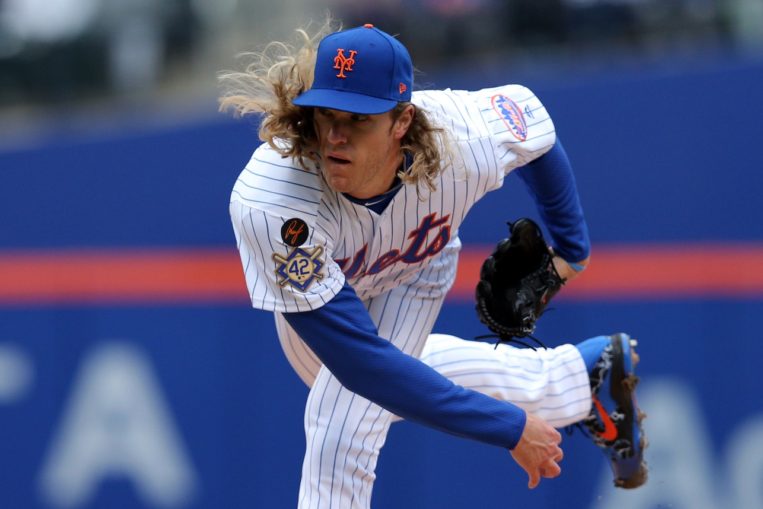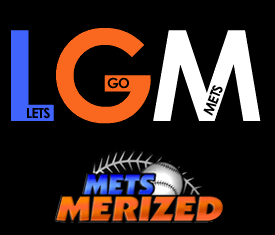
Despite being the center of trade rumors this winter, it appears that Noah Syndergaard will be a Met come Spring Training. It makes no sense for the Mets to be all-in and trade Syndergaard. Pitchers with Syndergaard’s stuff and his results do not just grow on trees.
Since debuting in 2015, Syndergaard has the second lowest FIP in baseball. It is very important to remember that he is only 26 years old.
The counting stats for Syndergaard were not as great in 2018 as they were in 2016 but there are reasons to believe he can regain that 2016 form.
In 2018, Syndergaard adopted the philosophy of pitching inside more often. A philosophy brought in by Dave Eiland. John Edwards analyzed this back in August. Now the question is, how has it worked for Syndergaard?
Syndergaard has always been generally unlucky due to a bad defense. Asdrubal Cabrera‘s imitation of a statue in the field will no longer be an issue for him. That said, it is not all on the defense.
As John points out, Syndergaard has had problems giving up hard contact when he leaves pitches over the plate or on the outer-half. In 2016, Syndergaard had an expected weighted-on-base average of 0.341 on balls put into play against him. This season, the xwOBA of balls put into play against him was 0.314. Syndergaard gave up much weaker contact on balls put into play despite the results not looking as sparkly as 2016.
Syndergaard was also the hardest starting pitcher to barrel the ball against and was the hardest to make hard contact against. He only gave up nine barrels for the whole season and had a barrel rate of 2%, the lowest of his career. These numbers are important because it shows how difficult it is to make solid contact of Noah. It just further illustrates that Syndergaard was truly unlucky in 2018 as opposed to 2016-2017 when he was actually giving up hard contact.
Part of the reason Syndergaard’s barrel numbers dropped so much could be the decision to use his sinker far more. He went from using it one-fifth of the time to one-third of the time. It’s darn near impossible to elevate and virtually impossible to square up.
Pitching inside is definitely working for Syndergaard. He’s giving up weaker contact than he ever has in his career. The numbers should normalize especially now that Syndergaard will have a better defense behind him.
We saw a glimpse of what he can be. In September, Syndergaard had a 1.73 ERA with two of the most dominant starts of his career. The average exit velocity against Syndergaard in all of those starts was less than 87 MPH except for one start against the Red Sox. All things considered, 2019 bodes well for Thor.













